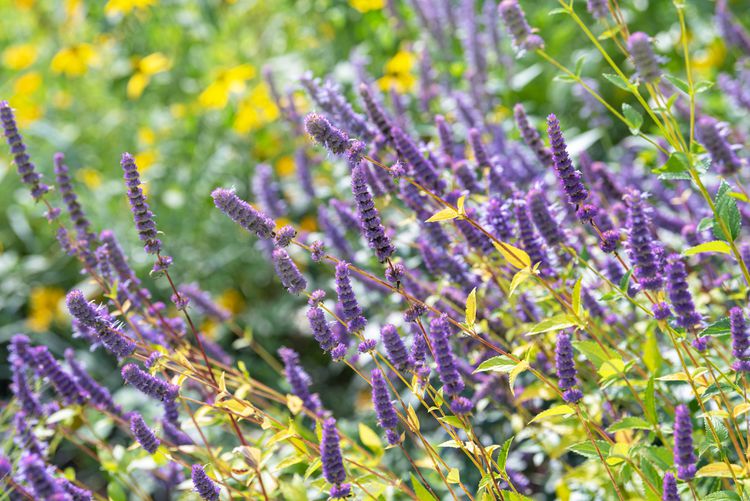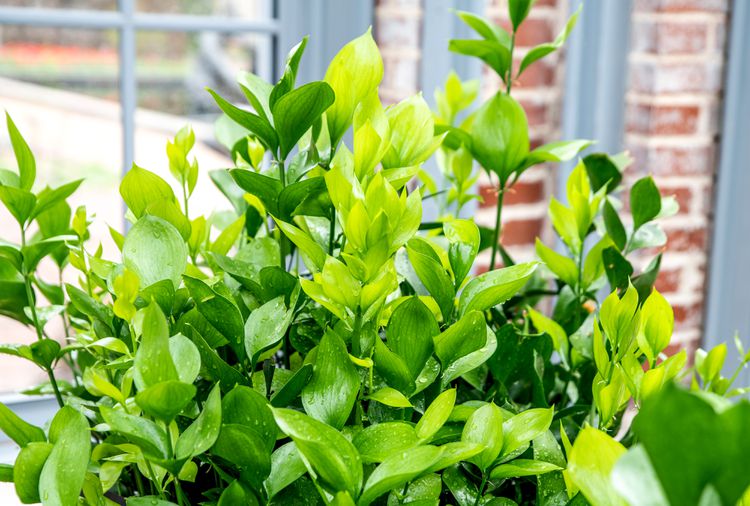Although it is commonly referred to as heavenly bamboo, Nandina domestica is actually not a bamboo species. Instead, it is a flowering, evergreen shrub that originates from eastern Asia. This ornamental shrub is noted for its cane-like stems and delicate leaves that bear a resemblance to bamboo, which is the reason behind its popular name.
Incorporate this eye-catching, easy-care plant into your garden by planting or relocating it during the cooler autumn months. It typically grows 1 to 2 feet each year until it attains its full height, thriving best in full sunlight to showcase its most vivid hues. Be aware that this plant is regarded as invasive in certain Southeastern states and its berries can be harmful to animals. Continue reading for our comprehensive care guide.
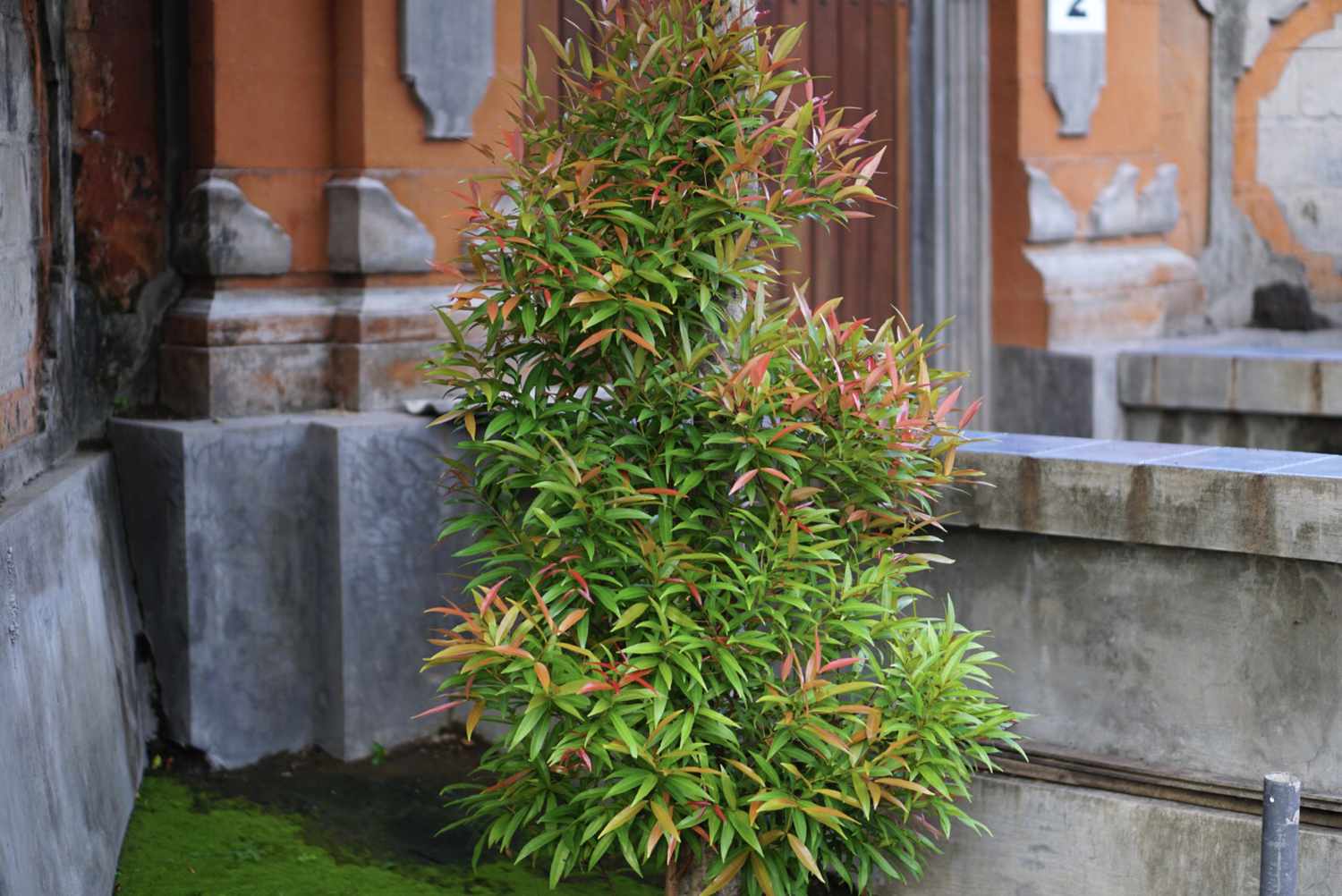
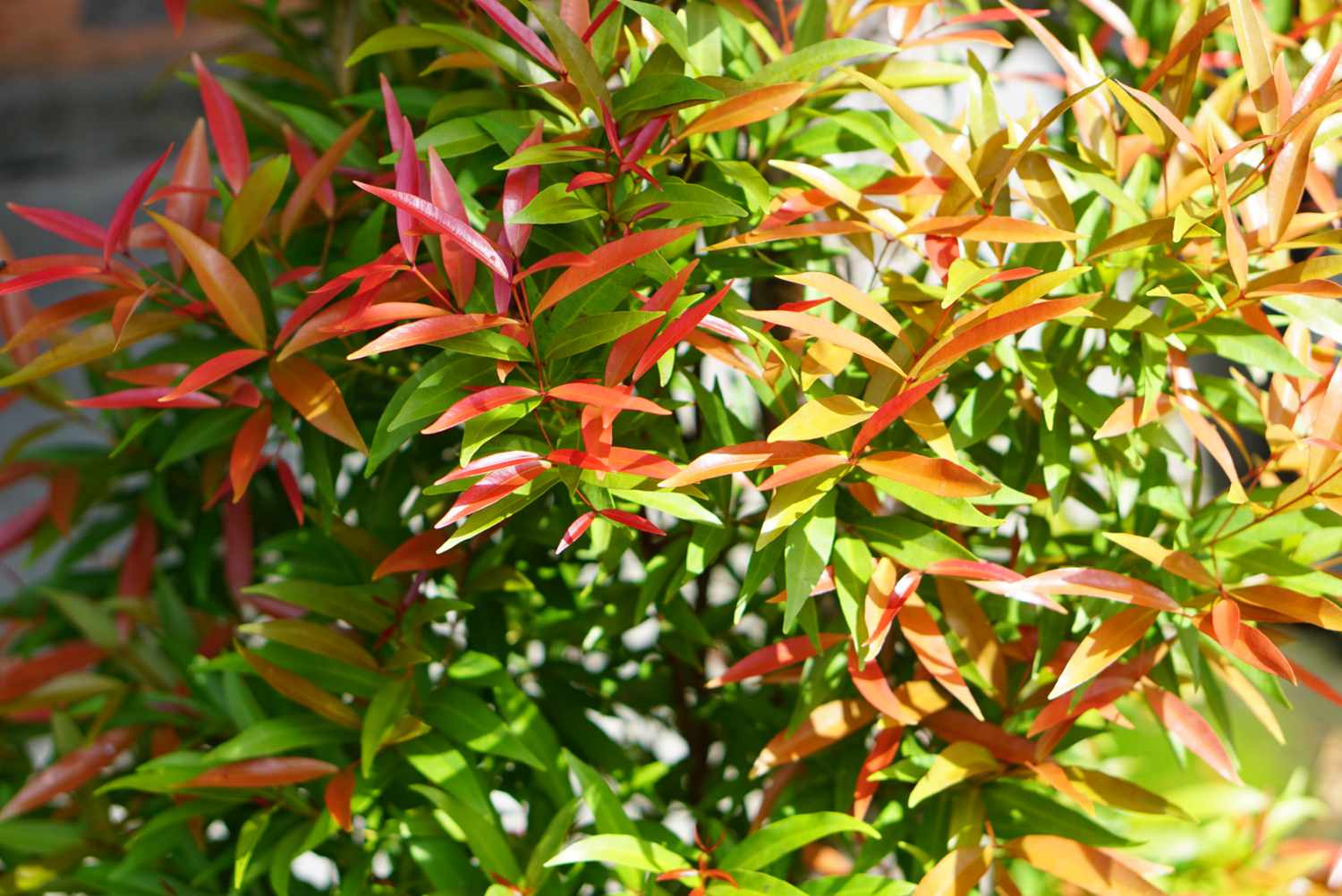
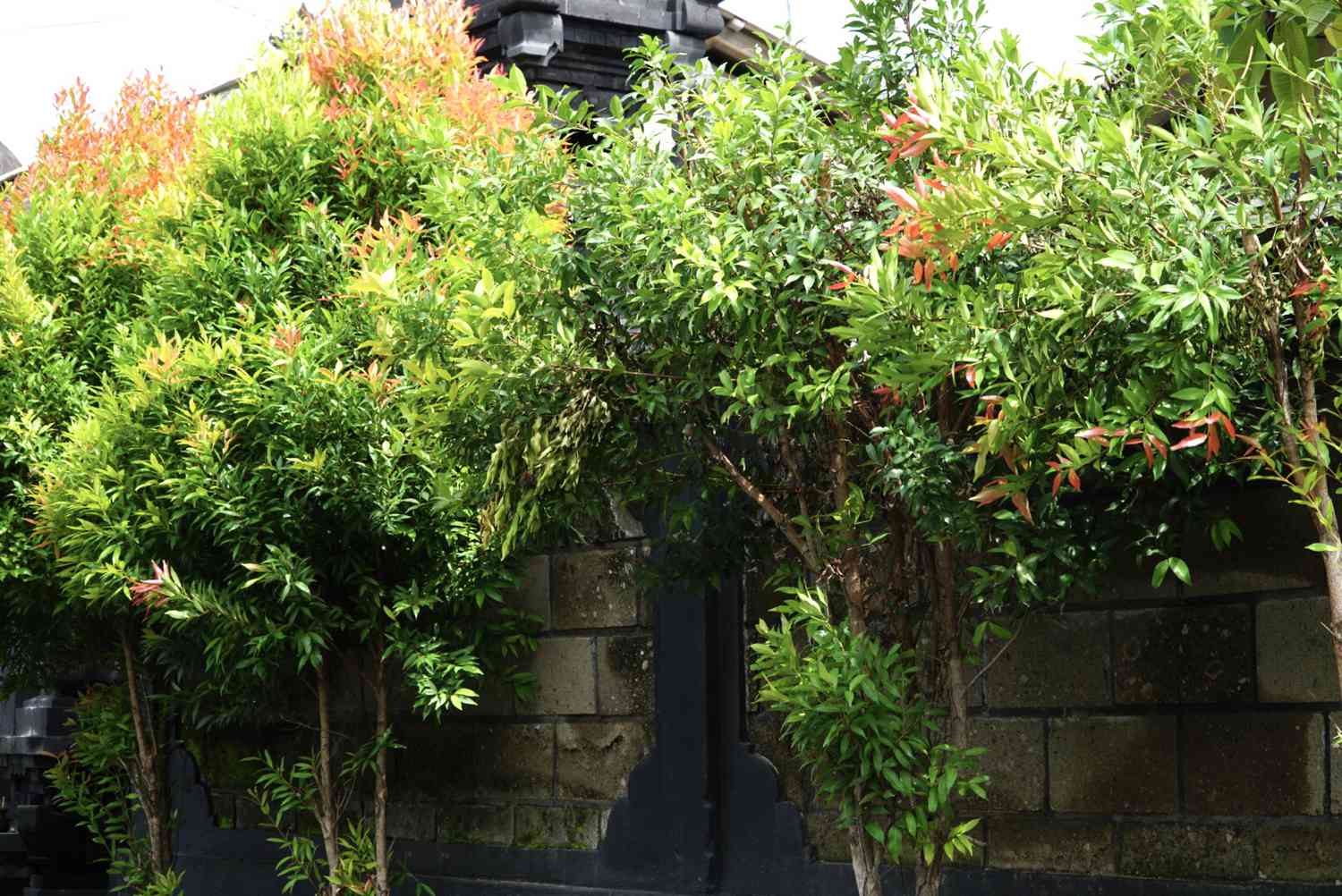
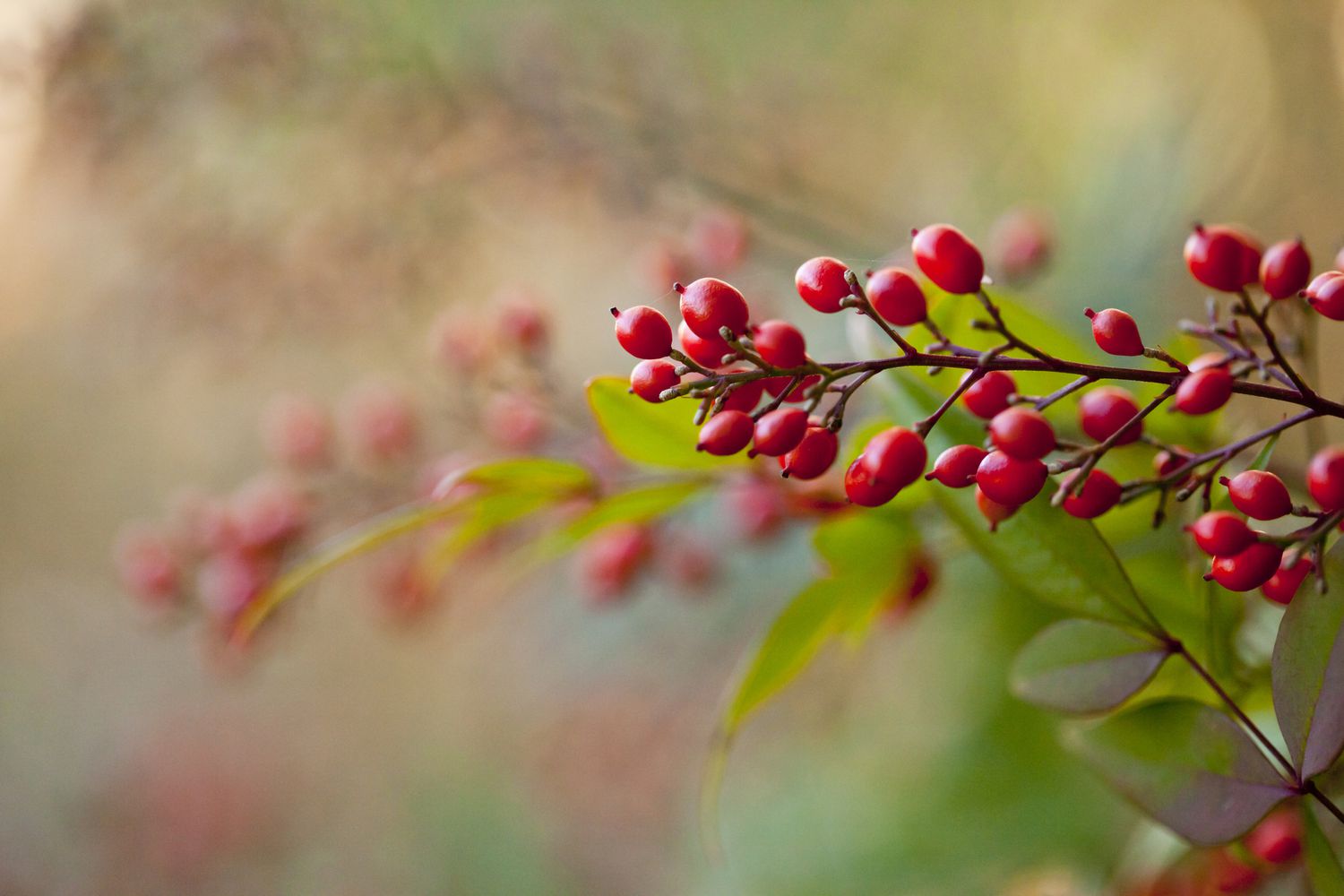
Warning
Heavenly bamboo is recognized as an invasive species by the United States Department of Agriculture (USDA) in certain Southeastern regions. Additionally, it is included in the Invasive Plant List of the Florida Exotic Pest Plant Council (FLEPPC).
Light
Heavenly bamboo can thrive in different lighting environments, ranging from full sunlight to partial shade. Nonetheless, to obtain the most vivid hues, it is best to cultivate heavenly bamboo in full sunlight.
Soil
Heavenly bamboo thrives in various soil types, but it performs best in soil that is moist, rich in nutrients, and drains well. To enhance drainage, consider incorporating perlite, sand, or well-decomposed organic matter.
Water
In the initial growing season, provide deep and regular watering for heavenly bamboo to promote the development of a robust root system. It’s important to maintain the soil’s moisture consistently, avoiding waterlogging. Remember that heavenly bamboo in pots requires more frequent watering compared to those planted in the ground. Once the plants are well-established, they become more drought-resistant and can better endure brief dry spells. After the first season, water the plants as necessary.
Climate and Moisture Levels
Heavenly bamboo thrives best in a warm, moderately humid, and sheltered setting. Although it can withstand temperatures down to 10°F, prolonged exposure to such cold can be detrimental. Gardeners in areas with harsh winters should consider cultivating heavenly bamboo in pots, allowing for easy relocation indoors during colder months.
Fertilizer
Consistent fertilization promotes flowering and maintains the bright hues of heavenly bamboo. For optimal results, use a fertilizer formulated for ornamental shrubs twice a year, specifically in early spring and early summer.
Varieties of Heavenly Bamboo
Numerous cultivars of heavenly bamboo exist, with many being dwarf types. Among the most well-known cultivars are:
- Nandina domestica ‘Firecracker’ or ‘Fire Power’ is a compact cultivar known for its vibrant red foliage during the winter months.
- Nandina domestica ‘Richmond’ is recognized for its abundant berry yield and can reach a height of up to 5 feet.
- Nandina domestica ‘Pygmea’ (also known as ‘Nana’): This compact plant features lush greenery and reaches a height of just 2 to 4 feet. It produces a limited number of berries.
Pruning
Heavenly bamboo thrives when it is permitted to develop in its natural shape instead of being excessively trimmed or shaped into a formal hedge. Nevertheless, a light annual pruning of the canes can enhance its fullness. For optimal results, trim the canes to different heights.
Cultivating Heavenly Bamboo
Heavenly bamboo is primarily propagated using cuttings. Both softwood cuttings from new growth and semi-hardwood cuttings are effective methods for this type of propagation.
To propagate a softwood cutting during warmer months, adhere to the following guidelines:
- Trim the stem of the heavenly bamboo at the point where the most recent growth starts. You can usually see a clear distinction between the growth from the previous year and the current year’s growth. The stem should feel soft and have a green color.
- Soak the tip of the cutting in a rooting hormone.
- Place the cutting in a pot filled with potting soil.
- Maintain moisture in the soil until the roots begin to emerge.
The ideal time to collect semi-hardwood cuttings is during the summer or the beginning of autumn. Semi-hardwood refers to the section of the stem that is partially matured. Follow these steps:
- Select a section of the cane that is sturdy yet retains enough flexibility to be bent.
- Soak the tip of the cutting in rooting hormone.
- Put the cutting into a pot filled with potting soil.
- Seal the container with plastic wrap to retain moisture until the roots begin to grow.
A Guide to Cultivating Heavenly Bamboo from Seeds
Propagation through cuttings is the most effective method, but heavenly bamboo can also be cultivated from fresh seeds. However, seeds that are older may require significantly more time to sprout, potentially taking a year or longer. You can buy seeds that have been cleaned and stored in a cold environment, or you can collect the freshest seeds from the plant during the autumn. Here’s a guide on how to grow heavenly bamboo from seeds:
- Harvest berries from the plants once they turn a vibrant red in the autumn.
- Leave the berries to soak overnight to make them tender, and then remove the seeds hidden within the fruit.
- Fill a seed tray with sandy soil that has good drainage.
- Place the tray in a shaded area outdoors (no need for heat).
- Ensure the tray remains damp.
- Newly harvested or stored seeds may take approximately two months to sprout.
Transplanting and Replanting Heavenly Bamboo
For those interested in beginning a container garden, heavenly bamboo is a fantastic option. When cultivated in a pot, this plant typically requires repotting every couple of years. It’s important to maintain a consistently moist soil. When grown in a container, heavenly bamboo will require more regular watering compared to when it’s in a garden. If you reside in an area with harsh winters, consider growing heavenly bamboo in a container, as it is not able to endure freezing temperatures for extended periods.
Overwintering
Heavenly bamboo can be easily kept indoors during the winter months to shield it from frost. Move it inside to cultivate it as a houseplant during the colder season, but ensure that pets are kept away from the berries.
Frequent Pests and Illnesses
Heavenly bamboo is susceptible to pests such as cottony cushion scale, mealybugs, and whiteflies, which can manifest as white bumps, cottony masses, and yellowing leaves, respectively. Fortunately, the plant can endure minor infestations with minimal assistance. Additionally, it may be affected by bacterial leaf scorch.
Tips for Encouraging Heavenly Bamboo to Flower
Flowering Periods
Heavenly bamboo flowers during the late spring to summer period, typically around late May to early June.
How Do Flowers of Heavenly Bamboo Appear?
Heavenly bamboo presents a stunning display of colors throughout the year, with its foliage transitioning from pink to green to red with the changing seasons. In the spring, delicate white blossoms give way to vibrant red berries that remain throughout the winter months.
Ways to Promote Increased Flowering
Applying fertilizer biannually and providing ample sunlight can enhance the blooming potential of your heavenly bamboo plant.
Frequent Issues Associated with Heavenly Bamboo
Leaves Turning Yellow
If you observe that the leaves of your plant are turning yellow, it may be an indication that it requires additional sunlight. Although the plant can survive in partial shade, it will appear its most vibrant when exposed to full sunlight.
Withering Foliage
Although this plant prefers a warm environment, excessive heat may cause its leaves to turn brown.
Where is the best location to plant heavenly bamboo?
This resilient shrub is frequently utilized in foundational landscaping, casual hedges, shrub borders, and container gardens.
What is the lifespan of heavenly bamboo?Under optimal circumstances, heavenly bamboo has the potential to thrive for as long as 30 years.Is it possible to cultivate heavenly bamboo indoors?Heavenly bamboo can thrive indoors as long as it receives sufficient bright light.



